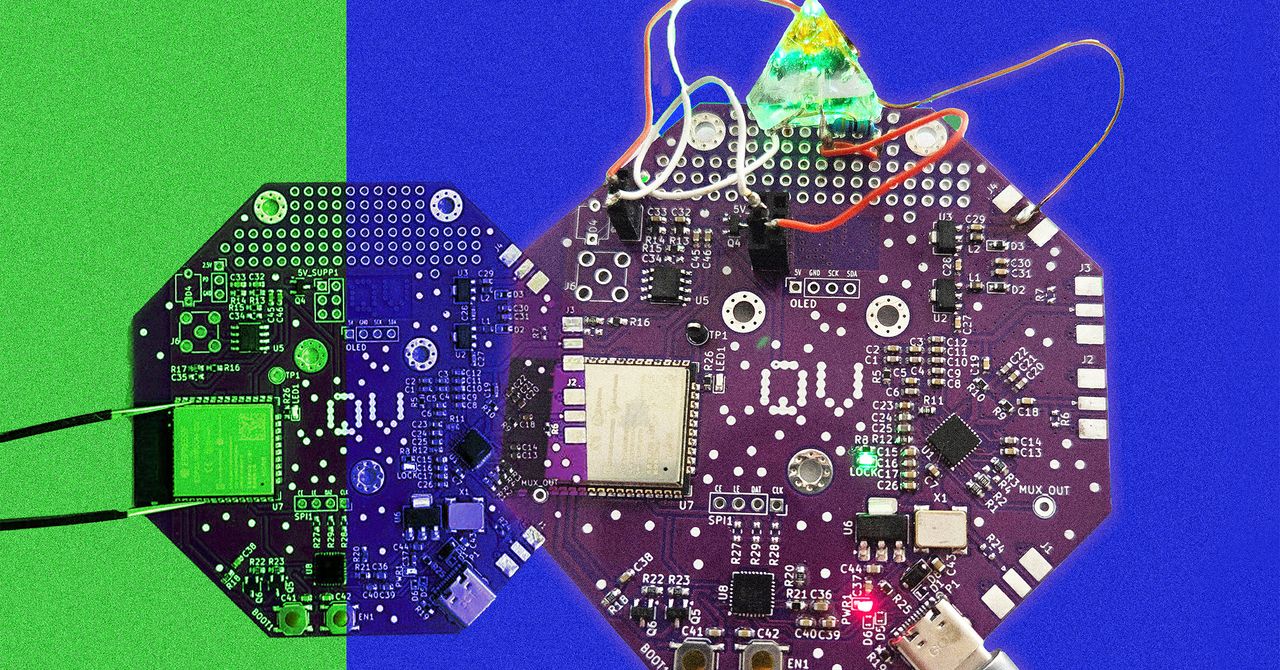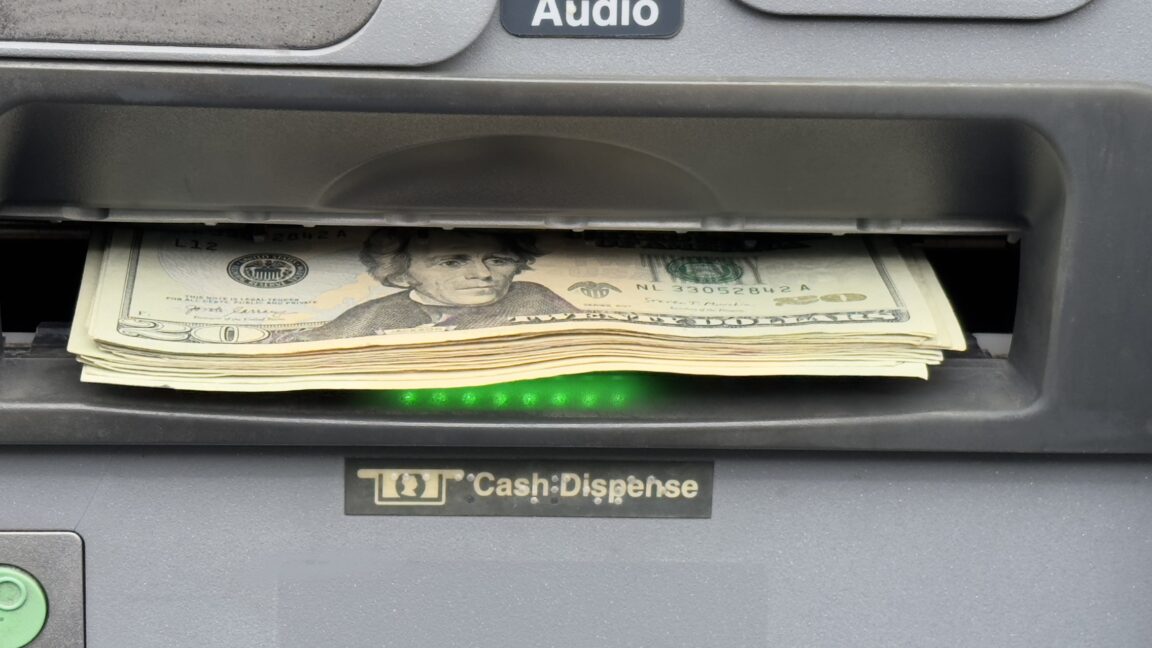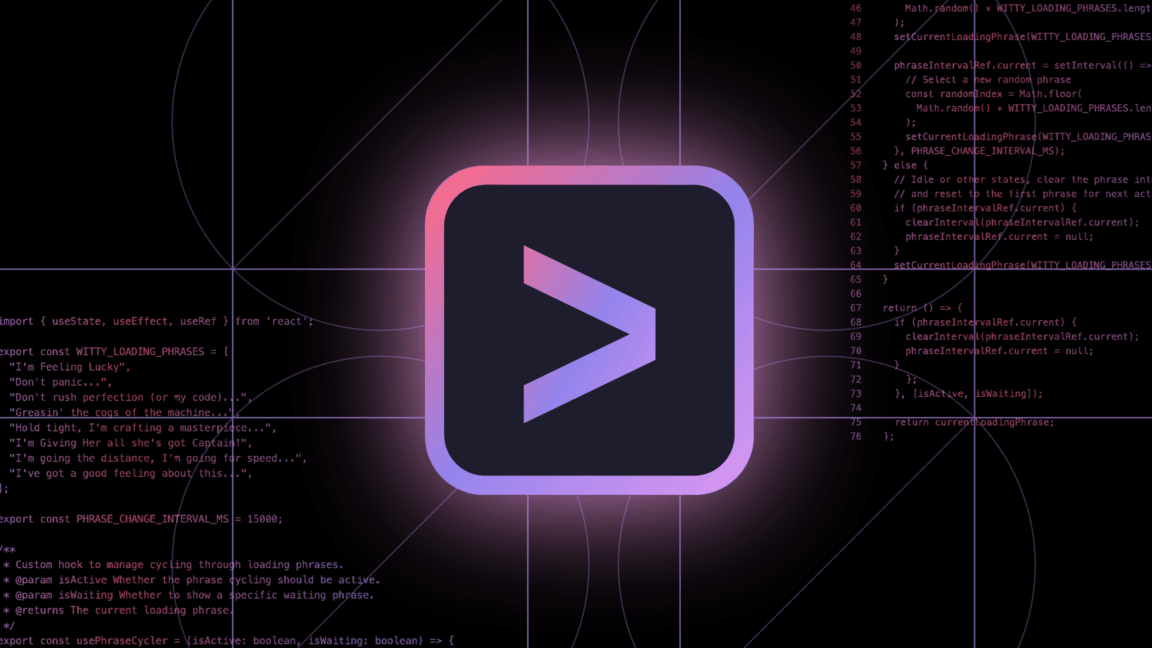A Special Diamond Is the Key to a Fully Open Source Quantum Sensor

Quantum computing is either a distant dream or an imminent reality depending on whom you ask. Despite its unpredictable timeline, cofounders Victoria Kumaran and Mark Carney of Quantum Village at the Defcon security conference are working to make quantum technology more accessible.
At a Defcon talk on Saturday, they will present an open source and affordable quantum sensor for medical technologies and GPS alternatives. This innovation relies on a unique yet affordable diamond with specific atomic properties. The initial design ranges from $120 to $160 to assemble, while a second version can be created for even less. They plan to release a third version this fall, aiming for a cost of only $50.
Quantum sensors, known for detecting tiny fluctuations in magnetic and electrical fields, enable precise measurements. Yet, high entry barriers have limited researchers and enthusiasts. The Quantum Village's "Uncut Gem" project seeks to open opportunities for more individuals to build and explore their own quantum sensors.
"With quantum sensors, you can develop portable MRI-like devices for various countries," Kumaran told WIRED. "These synthetic diamonds, often discarded, are poetically utilitarian." The quantum sensor involves standard computing parts, but requires a "nitrogen-vacancy diamond" with nitrogen atoms replacing some carbon atoms, giving it distinct molecular properties.
Beyond medical uses, quantum sensors can guide alternative navigation technologies using electromagnetic wave interference. They may serve as local alternatives to GPS amidst system failures or jamming attacks. The US Space Force is currently testing the "highest-performing quantum inertial sensor" in space.
For those without access to elite quantum sensors, the Uncut Gem project democratizes quantum technology access. It joins other open-source projects focusing on affordability and accessibility.
Researcher Davide Gessa shared his experience testing the Uncut Gem's schematics and code, mentioning, "I'm in the final stages of merging the diamond with electronics, following the official project's instructions while adding enhancements." His intention is for his modifications to remain open source for replication and improvement.
Prototype sensors have already detected magnetic wave fluctuations and captured a heartbeat from nearby. Due to ambient noise in quantum sensing, both high-quality hardware and sophisticated software are essential for targeted detection.
"Our fully open-source claim stems from compiling everything you need in one place—PCBs, diamond sources, schematics, firmware, and educational materials," Carney explained. While quantum sensors, like the Uncut Gem, lack the precision of a Star Trek tricorder, the project strives to distribute quantum technology rapidly.
Carney emphasizes open sourcing, saying, "Is it a great sensor? Definitely not, but it could become one if we foster open-source collaboration."



